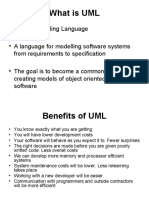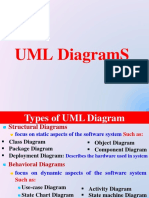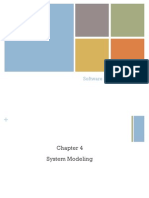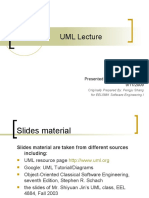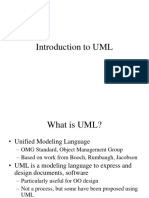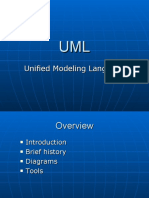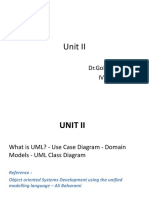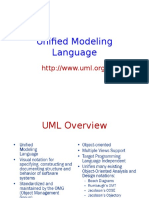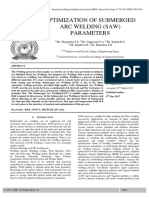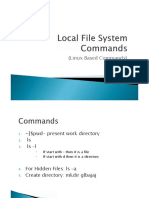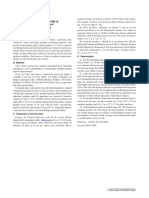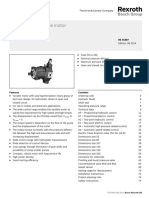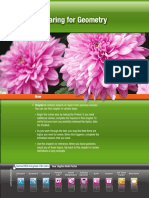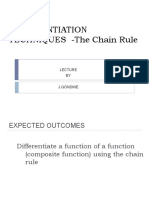0% found this document useful (0 votes)
8 views25 pagesUnit V High Level Design
The document outlines high-level design concepts including data flows, states, and their interrelation, emphasizing the importance of training and UML diagrams in software development. It details various UML diagram types, such as structure, behavior, and interaction diagrams, and their purposes in modeling software systems. Additionally, it discusses best practices for training methods and the significance of understanding system behavior through visual representations.
Uploaded by
suptarcinCopyright
© © All Rights Reserved
We take content rights seriously. If you suspect this is your content, claim it here.
Available Formats
Download as DOCX, PDF, TXT or read online on Scribd
0% found this document useful (0 votes)
8 views25 pagesUnit V High Level Design
The document outlines high-level design concepts including data flows, states, and their interrelation, emphasizing the importance of training and UML diagrams in software development. It details various UML diagram types, such as structure, behavior, and interaction diagrams, and their purposes in modeling software systems. Additionally, it discusses best practices for training methods and the significance of understanding system behavior through visual representations.
Uploaded by
suptarcinCopyright
© © All Rights Reserved
We take content rights seriously. If you suspect this is your content, claim it here.
Available Formats
Download as DOCX, PDF, TXT or read online on Scribd
/ 25

